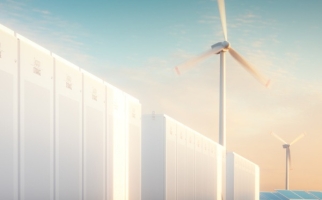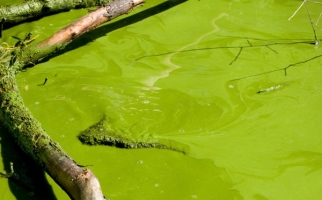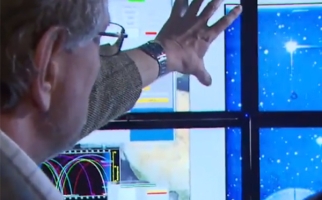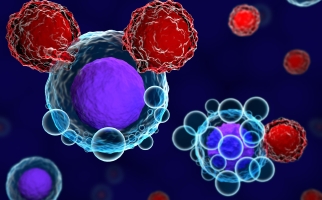
Do You Know What's On Your Plate?
STEM Explained
In 2013, many Europeans learned their beef lasagnas were actually made of horse meat. Learn about food fraud, and how a Canadian invention can help detect it.

Energy Efficiency at Home
STEM Explained
If you understand heat transfer, you can make lots of little changes at home to help the environment and your household’s bank account!

Can You Store Electricity for Later?
STEM Explained
Sometimes, power plants make too much electricity. Energy storage technologies can help! They store the extra electricity and release it when demand goes up.

Escape Velocity
STEM Explained
Why do a baseball and a rocket need the same launch speed to get from Earth into space? It has to do with physics and gravitational force.

Eutrophication: Why you should care about pond scum
STEM Explained
When fertilizers from agriculture get into lakes and rivers, big problems can result for aquatic ecosystems, food chains & webs!

Eye vs. Camera
STEM Explained
The human eye lets us see the world by sending impulses to our nervous system. In many ways, it is very similar to other optical devices, including cameras.

Chemical Equilibrium and Panic Attacks
STEM Explained
Panic attacks are scary and they upset your body’s chemical equilibrium. Learn what happens to acids & bases in your circulatory system during a panic attack.

Cleaning Up Nuclear Waste After Decommissioning
STEM Explained
When a nuclear reactor is no longer in use, the radioactivity in its materials remains. That’s why it’s important to safely deal with the radioactive waste those plants leave behind.

Could We Stop an Asteroid?
STEM Explained
If an asteroid were to hit the Earth it could be disastrous. Here are some ways we could protect ourselves.

CSI Lac-Mégantic: How are victims identified after a disaster?
STEM Explained
Learn about forensic pathology and other methods scientists use, like analysing the skeletal system, to identify the dead after a disaster.

Dealing with Asteroids and Other Space Hazards
STEM Explained
Find out how asteroids, space debris, and cosmic radiation can be dangerous, and how to monitor them and protect ourselves from these space hazards.

Can Chocolate Make Your Brain Work Better?
STEM Explained
Researchers have found that consuming foods rich in flavanols is linked to more efficient blood flow, which can improve brain function.

Can Your Own Cells Cure Cancer?
STEM Explained
When a person has cancer, CAR-T Therapy uses their own cells to destroy the cancer cells in their body.

Canadian Invaders!
STEM Explained
Beavers are a Canadian symbol. But in South America, they’re considered an invasive species.

A Merry Molecular Christmas
STEM Explained
Many holidays mean delicious food - and smells! This fun article looks at the chemistry behind the common aromas of Christmas.